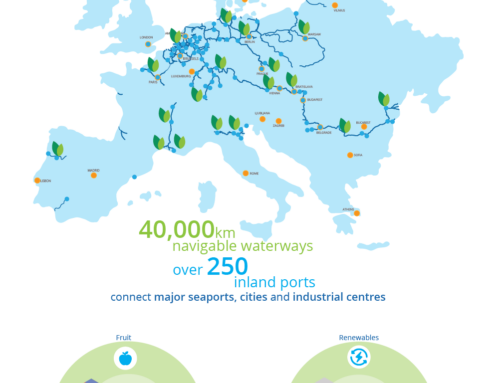What is a ship digital twinning?
A ship digital twin is a digital depiction of the actual (physical) ship that includes information about its construction (such as hull type, component layout, and hull parameters), subsystems (such as engines, propellers, and rudder), and functions (such as propulsion, navigation, and loading). It can also be included into multimodal supply chains or fleet management systems. In order to allow for computerized simulation and optimization of all ship operations along a matrix of performance metrics with a focus on environmental criteria, it offers a distinctive, intelligent ship model that combines technical requirements, component models, and parameters with management data on the ship’s parts and operations.
It takes a lot of data to understand how environmentally responsible a ship is (such as its fuel usage and consequences of fuel combustion). However, the majority of this data frequently rely on service providers’ or manufacturers’ data and analysis, which are conducted under constrained and limited circumstances. As a result, there is a great deal of uncertainty about the actual energy savings in real-world situations. The instrumentation that is already on board might not have the necessary resolution or precision to produce accurate data.
Additionally, several estimates rely on crew measurements that were made manually and whose correctness is questionable. Additionally, performance data may come from research that is unrelated to or unlike the operational usage and profile of a certain ship. Detailed ship technical/operational data are required in order to create reliable and accurate ship environmental and economic performance models.
To enable real-time operational optimization, maintenance triggers, and evaluating technology interventions, performance models must also be prepared to be customized and adjusted to the actual specificities of individual ships and operating patterns.






